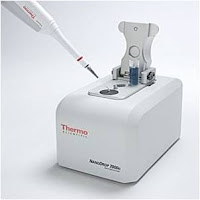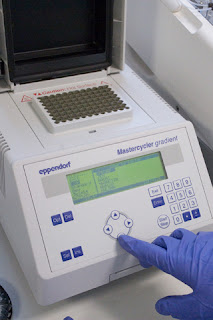Blog Post Week 9
Happy Thanksgiving to everyone and happy holidays to everyone as well. Today we decided do a potluck with the interns that are working with Josh, Matt & Cory. Our research Project Draft was due this week, although I was done with everything the only thing I have left to do a conclusion to everything. Though I am a little confused how to do the conclusion to Evey thing. I have decided to redo my extraction for SM, since the outcome didn't come out to make scene.



